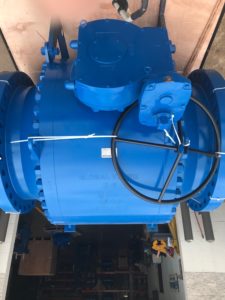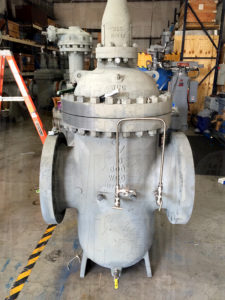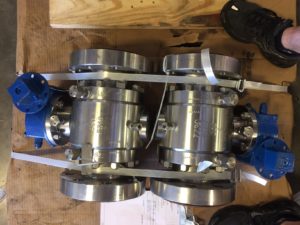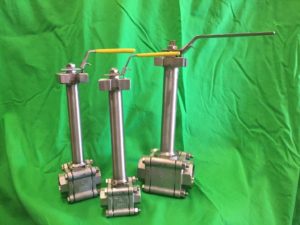Have you heard the saying, “you pay for what you get”? Well, when it comes to buying a valve, quality does matter. Imagine purchasing a valve for a pipeline project and of course you as the buyer would like to save the company money, unfortunately not all valves are created equal. We as a valve manufacturer provide only the highest quality material for our valves which means not only are you provided with the best quality but also the best price for all your flow control products.
What makes GVC the best valve manufacture? Hard work goes into making a valve, and it is not just the high-quality materials but also the dedication and devotion of our employees. All our valves are inspected not once but three times before sending it out. Once you purchase a valve from us, our valve technicians provide 24 hours support every step of the way. It is always a good idea to purchase API 6D quality products because of the high standards to reduce emissions and other environmental factors. One thing to remember is when purchasing a GVC valve, you are guaranteed that the products you purchase will last longer in severe and critical applications. GVC valves will exceed all your expectations. Go ahead and take the GVC Challenge.
Please see our website for more information on API 6D certification.






